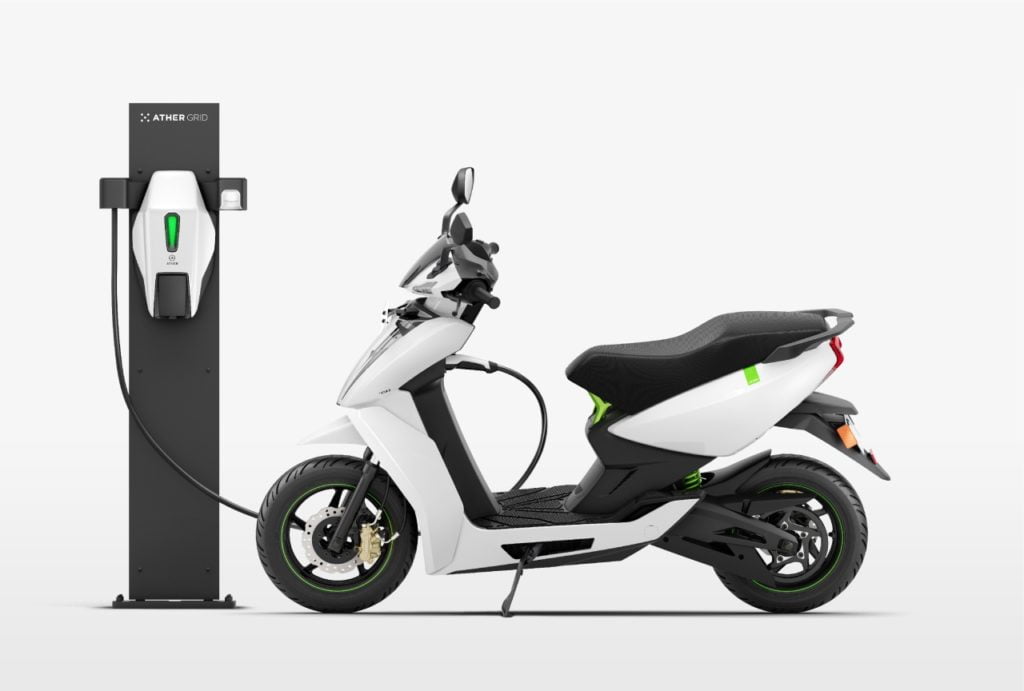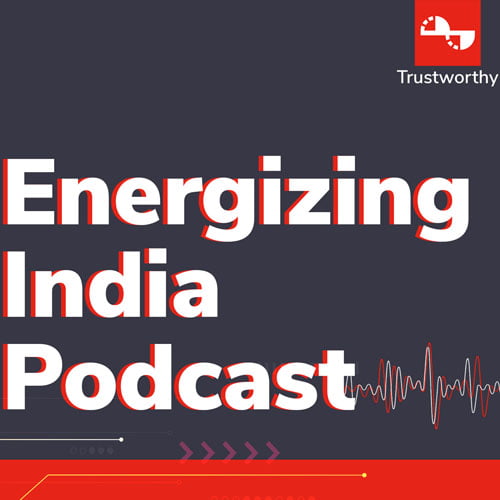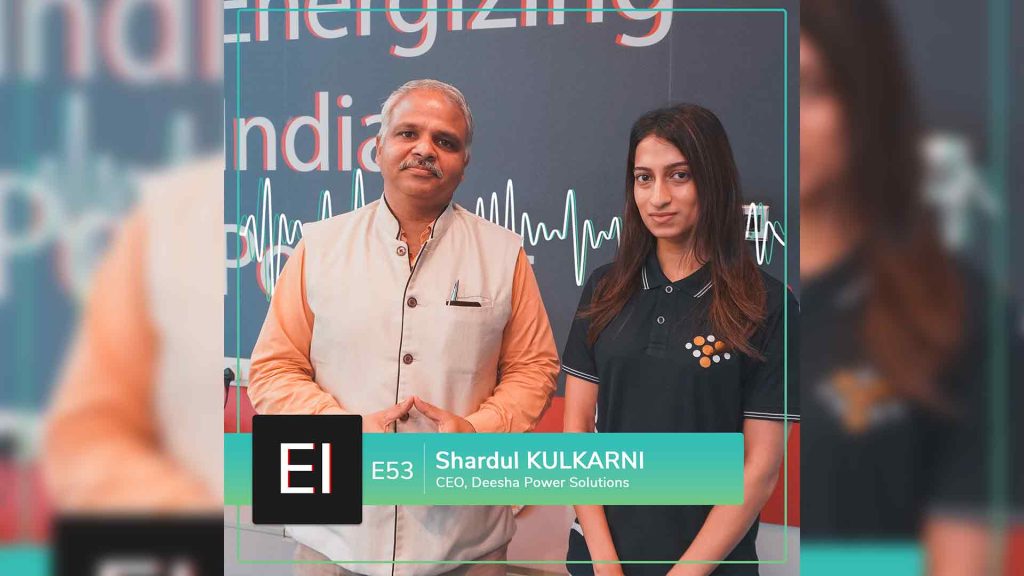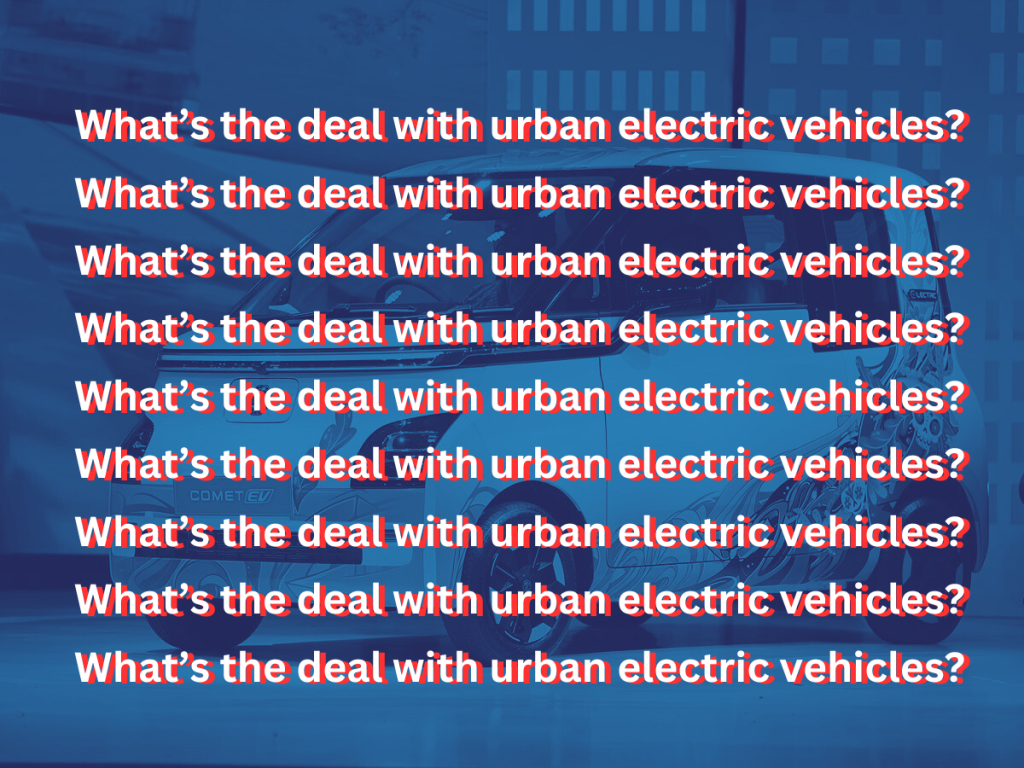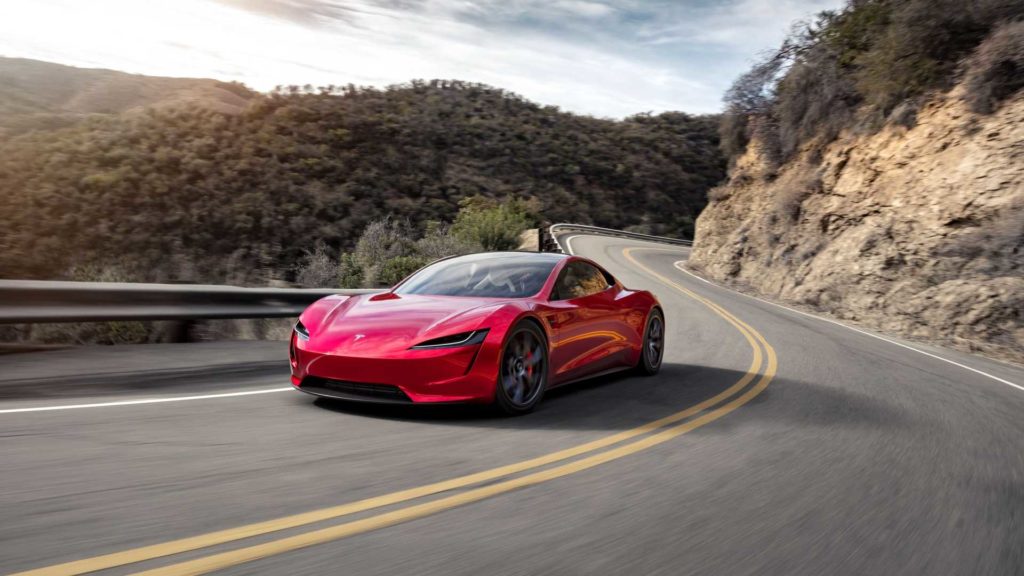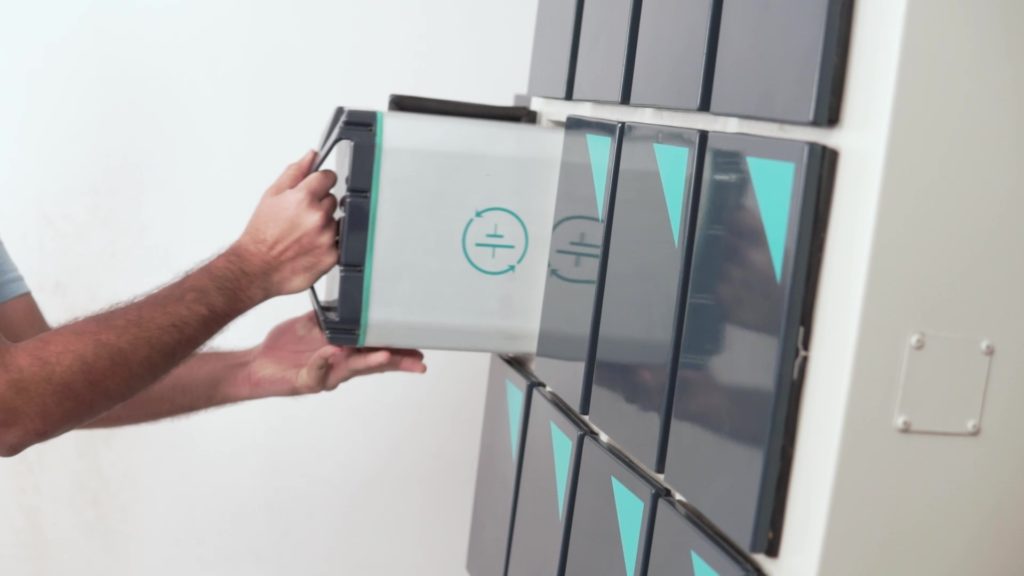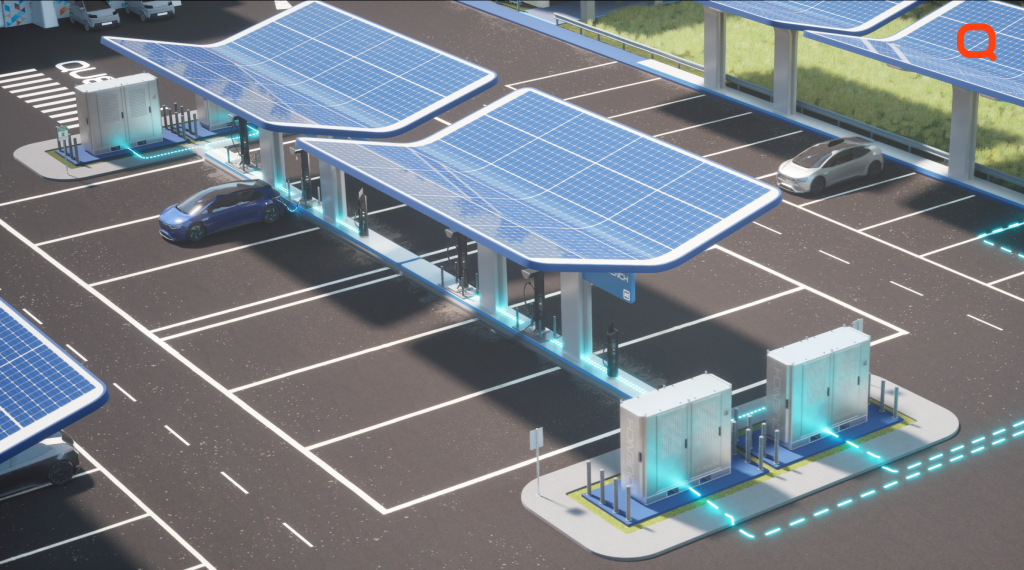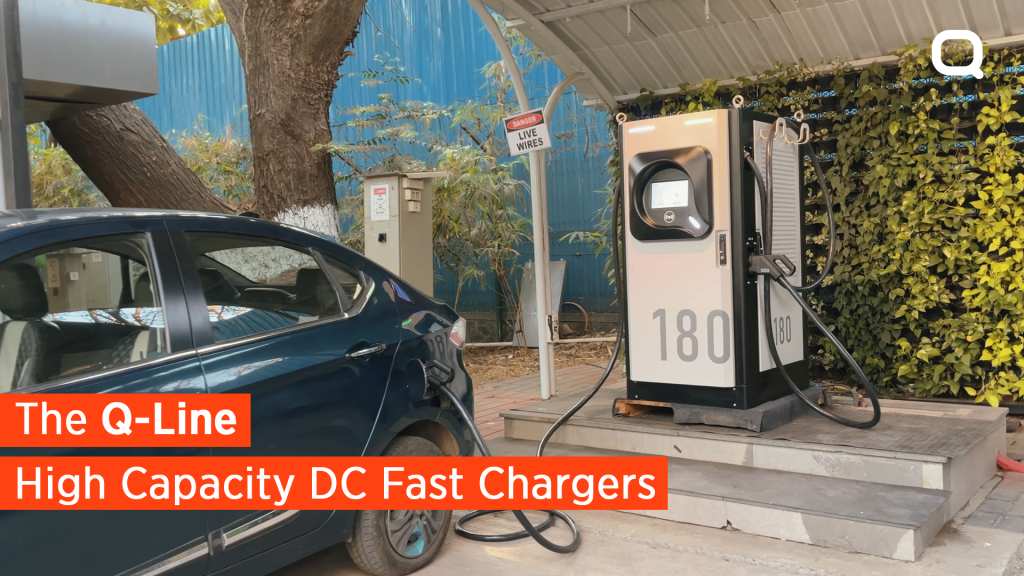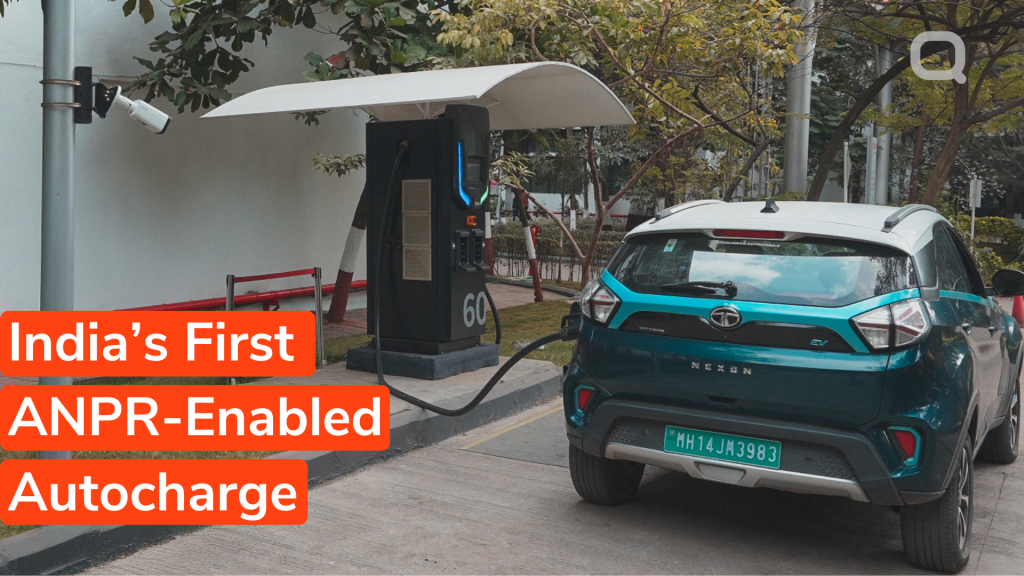Aiming at faster adoption and manufacturing of electric vehicles in India, the Centre has decided to reduce the burden on EV manufacturers by increasing subsidies on electric two-wheelers. According to a notification issued by the Department of Heavy Industry on Friday, the incentive for electric two-wheelers has been increased to ₹15,000 per kWh, up by ₹5,000 per kWh from the earlier subsidy rate.
This move will directly help customers who choose to buy an electric two-wheeler in India. Ather Energy, one of India’s fastest-growing electric two-wheeler manufacturing companies, was one of the first to pass on the incentive to its customers by bringing down the price of its 450X electric scooter.
Ather Energy has announced that Ather 450X will now cost ₹14,500 less after the FAME II subsidy revision. It said, “We’ll announce on-road prices and any other necessary information over the next few days.”
Out of the ₹10,000 crore subsidy earmarked in the FAME-II scheme, two-wheelers are the largest beneficiary, especially the e-scooters. However, not every electric two-wheeler may benefit from this scheme. According to a report by CRISIL, around 95% of the electric scooters in India are not eligible for the FAME-II subsidy.
According to the scheme, the electric two-wheelers looking to benefit need to have certain parameters like minimum top speed, range per charge, acceleration and energy consumption efficiency to qualify for FAME II benefits. The electric scooters need to deliver a minimum range of 80 km on a single charge and must have a top speed of at least 40 kmph to qualify for the subsidy.
According to FAME-II norms, only the high-speed electric scooters powered by higher than the 250-watt electric motor and have a top speed of above 25 kmph, are eligible for the FAME-II subsidy, which varies depending on the price of the electric scooter.
Penetration rates of electric vehicles in India have experienced slow but steady growth and this has only become stronger post covid lockdowns as people have realized the benefit of cleaner air in cities.
With the mindset of making India 100% all-electric by 2030, the government has steadily worked and transpired with policies to boost the appropriation of Electric vehicles by the people. Besides improving the subsidy for such vehicles by 50 percent under FAME II as part of the National Mission for Clean Mobility, the government has also decided to now aggregate electric buses, 2-wheelers, and 3-wheelers. The rollout of this policy will not only help boost EV sales and fast adoption but also encourage industry players to invest more in this segment. The government’s continued assistance to promote the adoption of EVs, with a keen focus on locally built electric vehicles will make India the manufacturing hub of Electric Vehicles. In many ways, this displays that the hopes for a rapid move to all-electric are indeed bright and promising.
